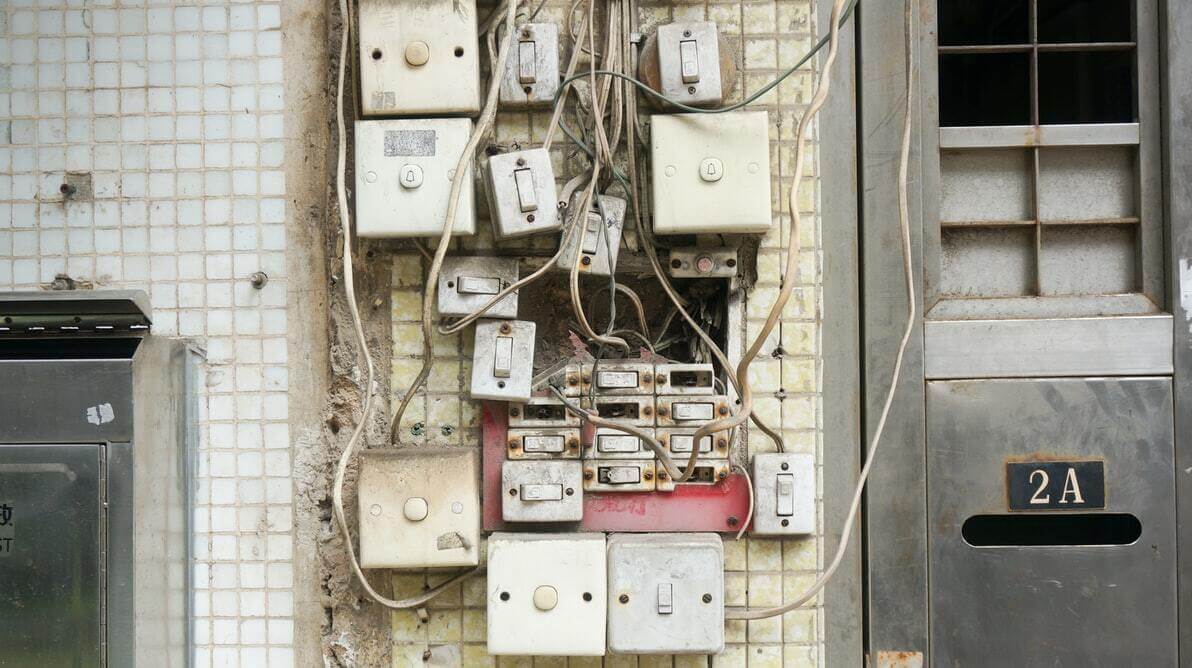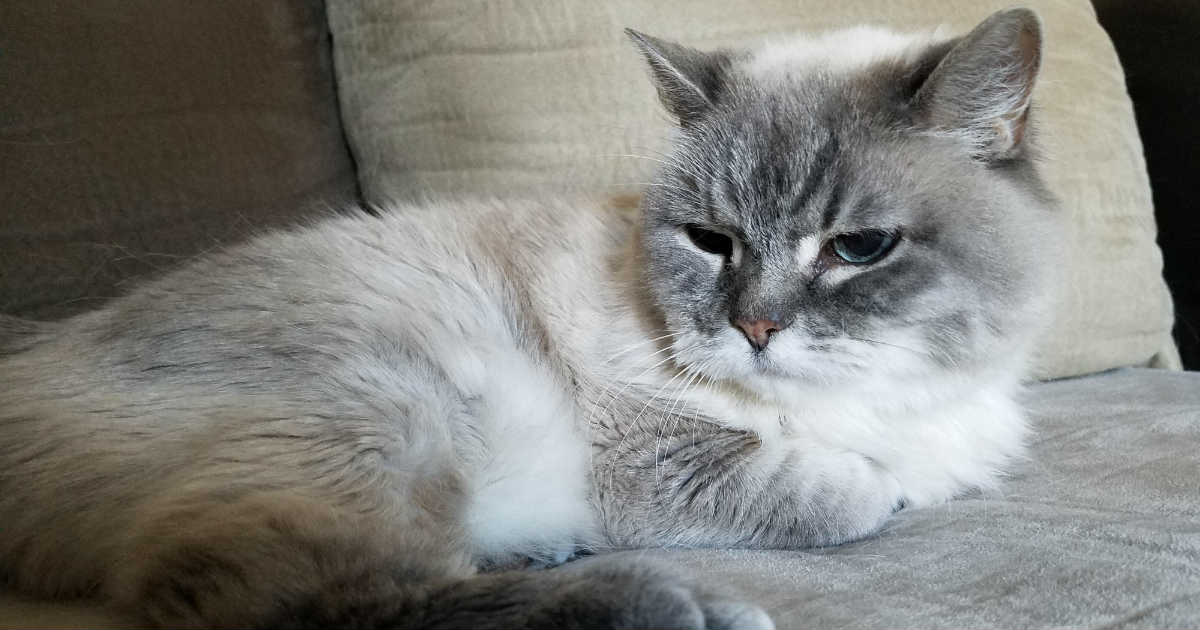While you have probably read tons of articles, asked the advice of friends who have cats, and made countless trips to your local pet stores and animal shelters seeking the perfect kitty, there is still plenty you need to take into consideration.
If you are ready to make those final preparations, here's some advice on how to cat-proof your house.
Cat proofing your living room
Poisonous plants and flowers
If you have plants sitting around, it's a good idea for you to put them in a room where your furry friend will not have access to them. Lilies, sago palms, and cyclamen are just a few plants that can cause serious health problems for your cat. Consult with your veterinarian before bringing any new flowers or plants home.

Tie up or cut blinds cords and loops
Cats can get injured or strangle themselves in a blind cord. Opt for window treatments without looped cords or cut the cords to prevent problems.
Cover up electric cords
Since most homes have numerous electrical cords all over the ground, securing these is an absolute must to keep your cat from getting an electric shock.
To protect your feline, unplug any cords that are not used very often, you may also want to invest some cord protectors, which can prevent a needless tragedy from occurring.
Cat proofing your bedroom
Keep your nightstands clear
Keep medications, rubber bands, glass cups, needle and thread, and other hazards off easy-to-reach nightstands.
Hide mothballs in a drawer and off the floor
Cats will think that mothballs is a new toy from you to them, mothballs are toxic for cats when eaten or sniffed. Instead of mothballs, you are able to use Cedar chips to protect fabrics in your closet from moths. You will have to clean your pet crates regularly, cages and bedding can serve as hatching grounds for moth eggs
Power down your paper shredder
Be sure to keep your feline away from these sharp blades! Never leave your shredder on "auto" or "standby" - flick the switch to "off" or unplug when not in use.
Cat proofing your kitchen
Close your cupboard and pantry doors
Stash cleaners, trash, chemicals, and both pet and human food behind closed doors - and consider putting child-proof locks on accessible cabinet doors.

Keep your trash, recycling, and compost covered
Cats can suffocate in food bags, get sick from compost, and suffer from various diseases when they get into what we throw away.
Keep your stovetop covered
Your cat will be in a painful landing if they try to jump onto a stovetop in use, or a recently turned off burner. Try to keep your cats jumping up, and use burner covers on hot burners.
Cover your wastebaskets
Cats love dental floss and string-like objects, which can cause digestion obstruction.

Put away medications and supplements
Put away medications that are in the form of a tablet or the medication contains in a container that can be broken easily. If your feline consumes the medications and supplements by accident, please consult the vet immediately.
Keep the toilet seat down
Especially cats who get curious when the toilet flushes. If possible, do not use an automatic toilet bowl cleaner or automatic toilet bowl. Automated toilet bowl can be very sensitive, hence the owner will need to be careful if there's an automated toilet bowl in the house.
Cat proofing your garage and laundry room
Keep your washing machine and dryer closed
Always close the washing machine and dryer after using and always check inside before use. A dryer seems like a comfy place to sleep for cats, but it can be fatal if it's turned on with them inside.
Hide all chemicals
Hide all garage chemicals such as automobile chemicals, car fuel, windshield fluid, antifreeze, etc. These chemicals are harmful to your cat, even a couple of lick of antifreeze or fuel can cause death, so you might want to hide your chemicals in a cupboard that your cat couldn't reach out to.

Put away ice melters
Many salt-based ice melts can cause tummy problems or burn sensitive paws. Use "pet-safe" ice melts product instead, such as "Pet Paws". Pet-safe ice melts are generally more expensive in comparison to standard rock salt, and may not be as effective at low temperatures at melting ice. Pet-safe melts ice in temperature as low as 10 degrees Fahrenheit, while standard rock salt is effective down to 5 degrees.
Finally, it is never a good idea to punish a cat for misbehaving. She is still learning the rules of your house and might not know better. Punishing a cat can actually worsen the situation, causing your cat to become stressed and reclusive. Proper training and rewarding her will help her learn what is acceptable. If you notice it is being ornery, just direct her back to her favorite toys or scratchpad. Your pet is learning and is looking to you for direction. Have the same patience you would have with a young child, and your bond will go stronger and stronger.










